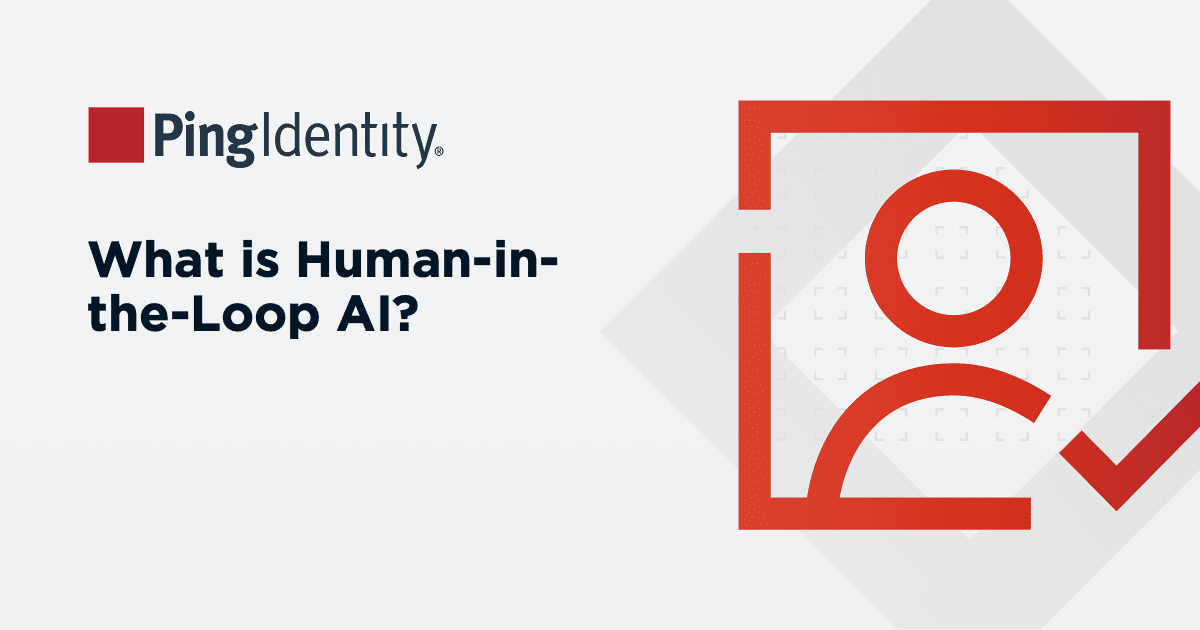Imagine discovering that a loan was approved in your name without your knowledge. That’s how identity crimes begin. Fraud doesn’t start with stolen money, it starts with stolen or forged identities. Businesses often focus their fraud prevention efforts on financial losses, but by then, the damage is already done and personal information has already been compromised. To effectively combat fraud, organizations must address threats earlier in the lifecycle, when identity crimes such as phishing, credential and identity theft, and synthetic identity creation take place. By recognizing identity crimes as the foundation of fraud, businesses can proactively disrupt these attacks before they lead to financial or reputational harm.
The Myth That Fraud Happens at the Moment of Loss
For many, fraud seems to begin when money or goods are stolen. It's easy to see why - the most visible impact of fraud is financial loss. This focus often leads organizations to invest heavily in transactional fraud detection systems, believing that stopping unauthorized transactions is the key to stopping fraudulent activities.
The truth is, financial loss is merely the final chapter in a longer story of identity crimes. Fraudsters rely on stolen identities, synthetic profiles, and breached credentials to set the stage for their schemes. By the time money changes hands, the groundwork has already been laid through compromised identity or unauthorized access. Addressing fraud earlier, like during account creation or login, is far more effective than reacting to suspicious transactions later.


